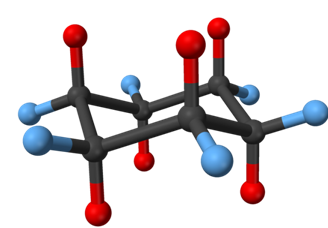Structure and bonding
Bonding in carbon is covalent, having either sigma or pi bonds. Carbon can create single, double, or triple bonds. Some bonds it makes ascertain the structure. Along with four single bonds, carbon has a tetrahedral structure, where as with one double bond the structure of it is trigonal planar, and with a triple bond it has a linear structure.

A solitary carbon atom comprises 4 electrons, two in the 2s orbital, and one in each of the 2px and 2py orbitals, leaving the 2pz orbital empty. A single carbon atom can be make up to four bonds, however by looking at its electron configuration this would not be feasible because there are just only two electrons available to bond with. Another two are in a lone pair state, making them much less reactive to other electron which is by itself. Well it is, in order to create the four bonds, the carbon atom promotes one of the 2s electrons into the empty 2pz orbital, leaving the carbon along with four unpaired electrons permitting it to now form four bonds. The electron is not promoted suddenly. It becomes promoted while a photon of light along with the accurate wavelength hits the carbon atom. While this photon hits the carbon atom it provides the atom sufficient energy to promote one of the lone pair electrons to the 2pz orbital.